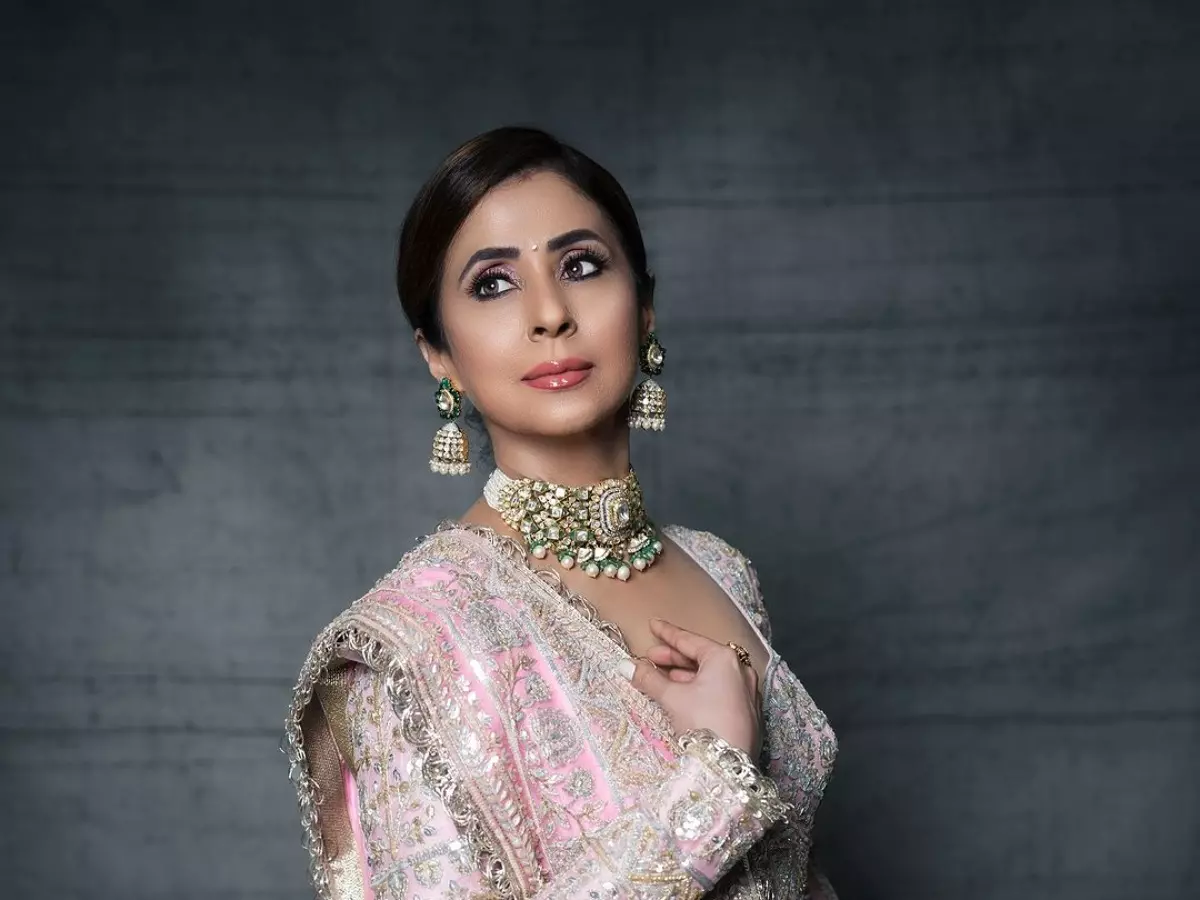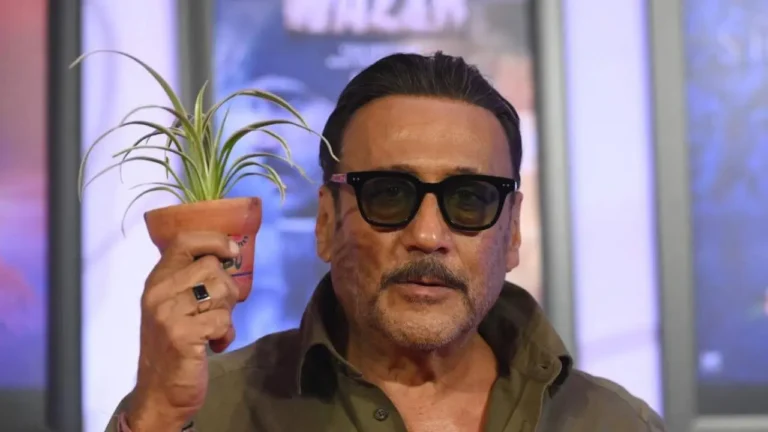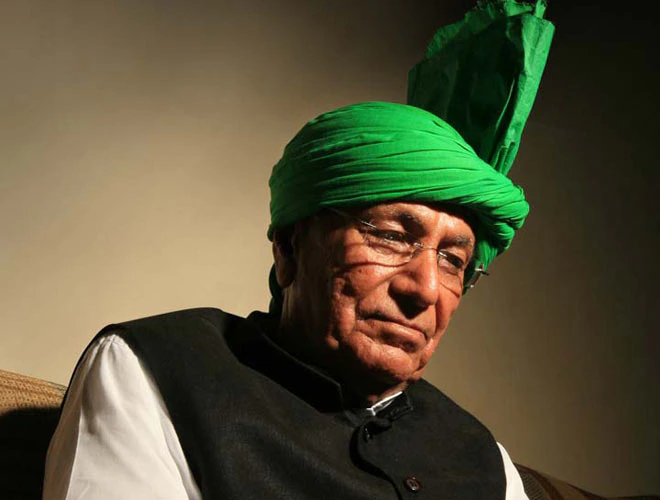Urmila Matondkar: The Journey of a Bollywood Diva
Urmila Matondkar is a name that evokes a myriad of emotions among Bollywood enthusiasts. From her early days as a child artist to becoming one of the most celebrated actresses of her time, Matondkar’s career is a fascinating tapestry of talent, versatility, and charisma. Known for her dynamic performances and strong screen presence, she has left an indelible mark on Indian cinema. This article explores Urmila Matondkar’s life, career, and legacy, highlighting her contributions to Bollywood and her evolution as an actress.
Urmila Matondkar Early Life and Entry into Bollywood
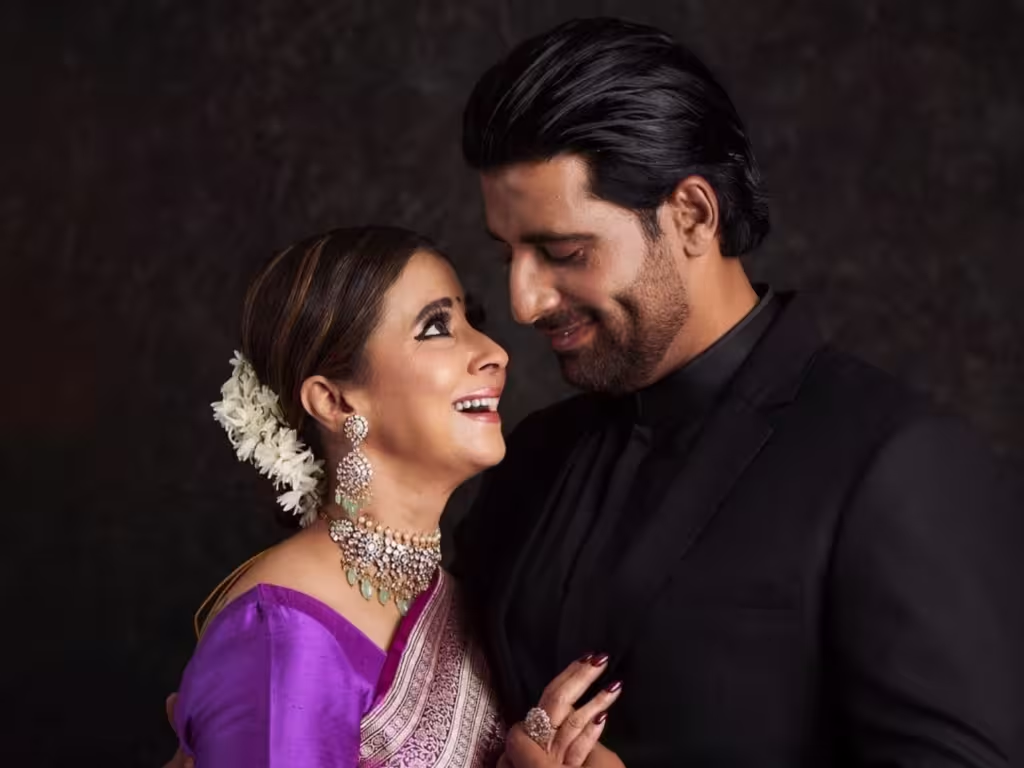
Born on February 4, 1974, in Mumbai, India, Urmila Matondkar was raised in a Maharashtrian family. Her father, Shivinder Singh Matondkar, was a prominent businessman, and her mother, Sri Devi Matondkar, was a housewife. Growing up in Mumbai, Matondkar was exposed to the world of films from a young age. She completed her schooling at Mumbai’s Mumbai Marathi Samaj School and later attended the Bombay Scottish School.
Urmila’s journey into acting began as a child artist. At the tender age of 6, she appeared in the Marathi film Zaakol (1980). Her performance caught the attention of the industry, and she continued to work in various Marathi films and television serials. Her early exposure to acting laid the foundation for her future career in Bollywood.
The Rise to Stardom: Debut and Early Success
Urmila Matondkar’s Bollywood debut came with the film Kalyug (1981), directed by Shyam Benegal. Though her role was relatively minor, it marked the beginning of her journey in Indian cinema. Her performance was noted, but it was her later works that would establish her as a leading actress.
In the late 1980s and early 1990s, Matondkar appeared in several films, gradually building her career. However, it was her role in the film Chamatkar (1992), directed by Rajiv Mehra and co-starring Shah Rukh Khan, that marked her entry into the mainstream. The film’s success and Matondkar’s commendable performance garnered significant attention, setting the stage for her future success.
Urmila Matondkar Breakthrough and Versatility: Iconic Roles
The 1990s were a defining decade for Urmila Matondkar. Her versatility as an actress shone through in a series of critically acclaimed and commercially successful films. She showcased her ability to adapt to various genres, from romantic dramas to psychological thrillers.
Rangeela (1995): The Defining Moment
One of Urmila Matondkar’s most iconic performances came in the film Rangeela (1995), directed by Ram Gopal Varma. In this film, Matondkar played the role of a struggling actress named Mili, who dreams of making it big in the film industry. Her portrayal of a vibrant, ambitious young woman was both heartfelt and captivating. The film’s music, composed by A. R. Rahman, became a sensation, and Matondkar’s dance numbers, including the iconic “Tanha Tanha,” further solidified her place in Bollywood.
Rangeela was a major success at the box office and is considered one of the defining films of the 1990s. Matondkar’s performance was praised for its depth and energy, and she received several awards for her work. The film not only established her as a leading actress but also showcased her exceptional dancing skills, making her one of the most sought-after stars of the decade.
Satya (1998): A Dramatic Shift
Following the success of Rangeela, Matondkar took on a more dramatic role in the film Satya (1998), also directed by Ram Gopal Varma. In this gritty crime drama, Matondkar played the role of a bar dancer named Swati, who becomes entangled in the dangerous world of organized crime. Her portrayal of Swati was raw and intense, showcasing her ability to handle complex and nuanced characters.
Satya was a critical and commercial success, and Matondkar’s performance received widespread acclaim. The film’s realistic depiction of the underworld and its strong performances made it a landmark in Indian cinema, and Matondkar’s role was a significant departure from her previous work.
Bhoot (2003): Mastery of Horror
Urmila Matondkar continued to explore diverse roles with her performance in Bhoot (2003), a supernatural horror film directed by Ram Gopal Varma. In this film, Matondkar played the role of a haunted woman, grappling with the supernatural events unfolding around her. Her portrayal was both eerie and compelling, demonstrating her versatility as an actress.
Bhoot was well-received by critics and audiences alike for its innovative approach to the horror genre. Matondkar’s performance was a key factor in the film’s success, and it further cemented her reputation as a versatile actress capable of handling a wide range of roles.
The Peak of Stardom: Achievements and Awards
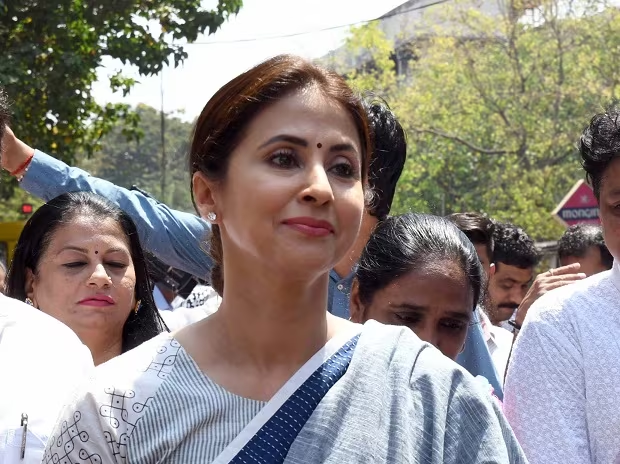
Throughout her career, Urmila Matondkar received numerous awards and accolades for her performances. Her work in films like Rangeela, Satya, and Bhoot earned her critical acclaim and several prestigious awards.
Filmfare Awards
Matondkar won the Filmfare Award for Best Actress for her performance in Rangeela (1996), which was a significant recognition of her talent and hard work. She was also nominated for the Filmfare Award for Best Supporting Actress for her role in Satya (1999).
Other Accolades
In addition to the Filmfare Awards, Matondkar received several other accolades throughout her career. She won the Zee Cine Award for Best Actress for Rangeela and the Screen Award for Best Actress for Bhoot. Her performances were consistently praised by critics and audiences, solidifying her place as one of Bollywood’s leading actresses.
Challenges and Transition: A Shift in Career
Despite her success in the 1990s and early 2000s, Urmila Matondkar faced several challenges in her career. The changing dynamics of the film industry and evolving audience preferences led to a shift in her career trajectory.
Declining Stardom
In the mid-2000s, Matondkar’s career saw a decline in the number of prominent roles. The industry was undergoing significant changes, with new stars emerging and shifting audience preferences. While she continued to work in films, the opportunities available to her were not as substantial as before.
Despite this, Matondkar’s dedication to her craft remained unwavering. She continued to take on challenging roles and worked with various filmmakers, but the commercial success of her films became less frequent.
Reality Television and Other Ventures
In the later years, Urmila Matondkar ventured into reality television, appearing as a judge on shows like Jhalak Dikhhla Jaa and Bigg Boss. Her presence on these shows allowed her to connect with audiences in a different capacity and showcased her versatility beyond acting.
Matondkar also explored other ventures, including philanthropic work and social causes. She became actively involved in various charitable organizations and used her platform to support causes related to education, healthcare, and women’s empowerment.
Return to Cinema: Recent Projects and Future Prospects

In recent years, Urmila Matondkar made a return to cinema with selective projects that allowed her to showcase her acting prowess. While her presence in mainstream Bollywood has been limited, she continued to engage with her audience through various platforms.
Bewafaa (2005) and Other Films
One of Matondkar’s notable films in the later years was Bewafaa (2005), directed by Dharmesh Darshan. In this film, she played the role of a woman caught in a complicated love triangle. While the film did not achieve significant commercial success, Matondkar’s performance was appreciated for its depth and emotion.
Aatma (2013)
In 2013, Matondkar appeared in the horror film Aatma, directed by Suparn Verma. The film, which also starred her husband Mohsin Akhtar Mir, was a supernatural thriller that showcased Matondkar’s ability to handle intense and suspenseful roles. While the film did not perform exceptionally well at the box office, it was a testament to her continued commitment to exploring diverse genres.
Legacy and Impact: A Bollywood Icon
Urmila Matondkar’s impact on Bollywood is undeniable. Her journey from a child artist to a leading actress reflects her talent, dedication, and perseverance. Her performances in films like Rangeela, Satya, and Bhoot have left a lasting impression on audiences and critics alike.
Influence on Contemporary Actresses
Matondkar’s versatility and ability to tackle a wide range of roles have made her a role model for many contemporary actresses. Her performances set a benchmark for female actors in Bollywood, demonstrating that talent and dedication can lead to success, regardless of industry trends.
Contributions to Indian Cinema
Throughout her career, Urmila Matondkar has contributed significantly to Indian cinema. Her work in various genres, from romantic dramas to horror films, has enriched the film industry and provided audiences with memorable performances. Her involvement in reality television and philanthropic work further highlights her multifaceted personality and commitment to making a positive impact.
Conclusion: Celebrating Urmila Matondkar’s Journey

Urmila Matondkar’s career is a testament to her talent, versatility, and resilience. From her early days as a child artist to becoming one of Bollywood’s most celebrated actresses, she has navigated the complexities of the film industry with grace and determination. Her iconic performances in films like Rangeela, Satya, and Bhoot have cemented her status as a Bollywood diva.
As Bollywood continues to evolve, Urmila Matondkar’s contributions remain an integral part of its history. Her legacy is not just in the films she has starred in but also in the impact she has made on the industry and its audience. Celebrating Urmila Matondkar’s journey is a celebration of her remarkable achievements and the indelible mark she has left on Indian cinema.
